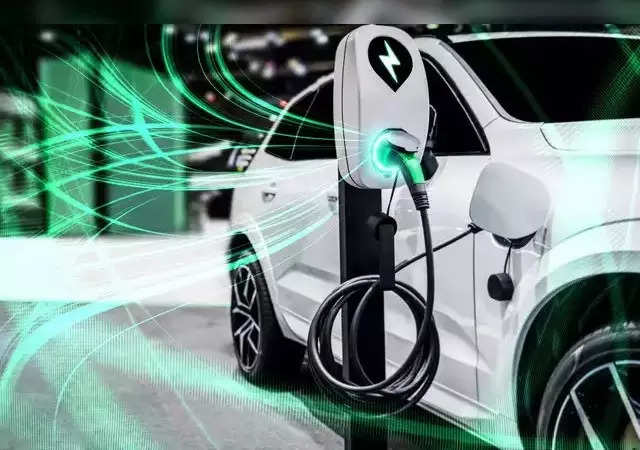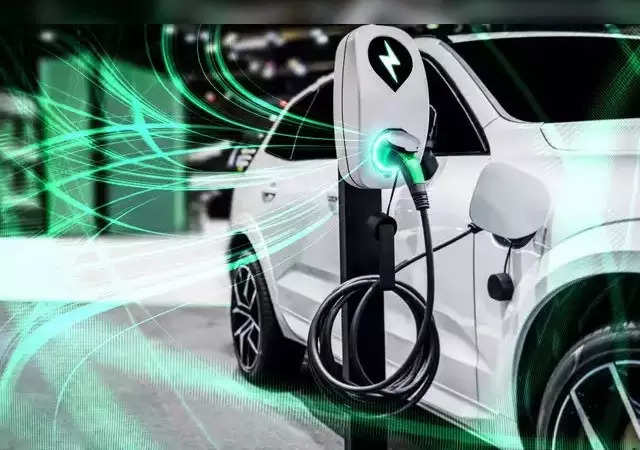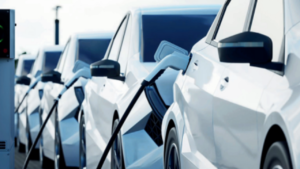
New Delhi: Electric vehicles (EVs) in India offer lower lifetime costs compared to traditional internal combustion engine (ICE) models across most vehicle segments, positioning them as a more economical choice particularly for high-mileage applications like urban deliveries, ride-hailing, and intra-city transit, according to BloombergNEF’s latest analysis on total cost of ownership (TCO).
The study finds that small passenger electric vehicles are already more cost-effective than their gasoline counterparts in terms of TCO. It is projected that by 2027, EVs will emerge as the least expensive option in the small car segment, although compressed natural gas (CNG) vehicles currently present a 6% lower TCO for 2024. “In the ride-hailing segment, small EVs already have the lowest TCO, but face stiff competition from CNG vehicles,” the report highlights, attributing the preference for CNG to its lower upfront costs and more established refueling infrastructure.
Electric buses are particularly noted for their economic advantage on inter-city routes, where they outperform diesel and CNG buses due to lower refueling and maintenance expenses. “The TCO of an e-bus is 26% lower than a diesel variant for 250 kilometers daily runs, increasing to 31% for 300 kilometers,” BloombergNEF states. This underscores the potential savings and efficiency of deploying electric buses for long-distance travel, provided there is sufficient fast-charging infrastructure.
However, despite their TCO advantage, electric three-wheelers may require further support to boost adoption. While sales in the low-speed segment have benefited from the TCO advantage, the high-speed segment faces challenges with higher upfront costs and the scarcity of affordable vehicle financing options.
The analysis also indicates that the heavy trucking sector’s shift towards EVs will become economically viable post-2030, with urban and regional light-duty commercial use already favoring electric options due to decreasing battery costs and the inefficiency of diesel trucks in urban traffic.
Despite the favorable TCO of EVs in most vehicle segments, the report identifies significant barriers to widespread adoption, including concerns over resale value, charging infrastructure, and accessible financing. “Greater availability of robust after-sales infrastructure and services, an adequate charging network, and access to affordable vehicle finance are required,” the report concludes, urging focused interventions to address consumer hesitations and encourage a shift towards electric mobility in India.






